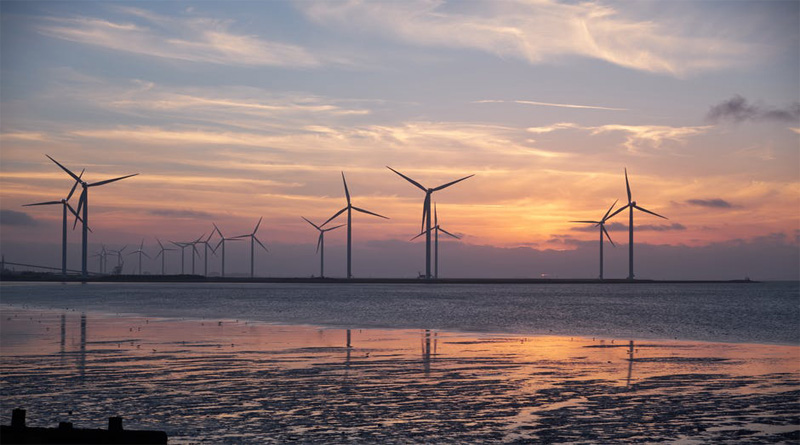

As noted in the report, ‘Global Wind Power Market Outlook Update: Q2 2019′, the firm has upgraded its global wind power capacity outlook by 11 GW from 2019 to 2028 – a 1.5% increase from the previous quarter.
Commenting on the forecast, Luke Lewandowski, Wood Mackenzie Director, said, “A 5GW upgrade in the global offshore sector will yield 129GW of new capacity and a compounded annual growth rate (CAGR) of 26%. Overall, the outlook is positive and global wind power continues to prosper due to both economic and social benefits.”
Key Highlights from the Analysis:
U.S. wind market benefiting from tax credits
The U.S. market has been upgraded by 16% QoQ, highlighted by a 3.8GW upgrade in 2021 alone. “Eligible offtakers are rallying to capitalise on the renewable electricity production tax credit (PTC) before the full value incentive expires in 2020 and then phases down. Developers qualifying wind facilities in 2017 are eligible for 80% of the full credit amount, incentivising U.S. wind market growth,” added Lewandowski.
[related_post]
Europe outlook dismal as sub-regions downgraded
“Northern Europe has been upgraded in our forecast by 6%. This should offset an otherwise dismal outlook update in Europe, as the other sub-regions combine for a 2.2.GW downgrade.
“Permitting challenges and undersubscription of onshore tenders in Germany and France have impeded growth. However, an increasing appetite for unsubsidised projects and a proliferation of demand from the C&I segment across Northern Europe both support a modest 0.6% upgrade for Europe QoQ,” he said.
Increasing competition from solar bad news for Africa’s wind market
Slow project development due to political instability, immature support mechanisms and increasing competition from solar results in a 2% downgrade QoQ in Africa.
Policy deadlines boost outlook in China
Onshore and offshore policy deadlines in China underpin a 2.9GW QoQ boost in the country. “Onshore developers are rushing to comply with a new policy that requires projects to be commissioned by the end of 2020 in order to capitalise on feed-in tariffs (FIT) before a subsidy-free era begins. Offshore developers must commission projects before the close of 2021 if they are to utilise the current level of offshore FIT.
“The story is not entirely positive in the APAC region, however. Current market conditions in India have bruised the region’s near-term outlook, resulting in a 4% downgrade QoQ. The government-imposed auction ceiling prices and delays in commissioning awarded projects have slowed near-term growth expectations in India considerably – a decrease of 24% from 2019 to 2022,” concluded Lewandowski.
Published with permission from saurenergy.com
In a key step toward advancing clean energy adoption, Ahmedabad headquartered IRM Energy Ltd has…
Biofuels conglomerate Aemetis has announced that its subsidiary in India – Universal Biofuels – has…
The Greater Noida Industrial Development Authority (GNIDA) has commenced construction of a 300-tonne-per-day (TPD) bio-CNG…
The World Earth Day – with this year’s theme on ‘Our Power, Our Planet’ –…
In a significant step toward promoting decentralized waste management and clean energy, Tata Steel UISL…
Jaipur headquartered bioenergy player Rajputana Biodiesel Ltd has announced that its subsidiary, Nirvaanraj Energy Private…